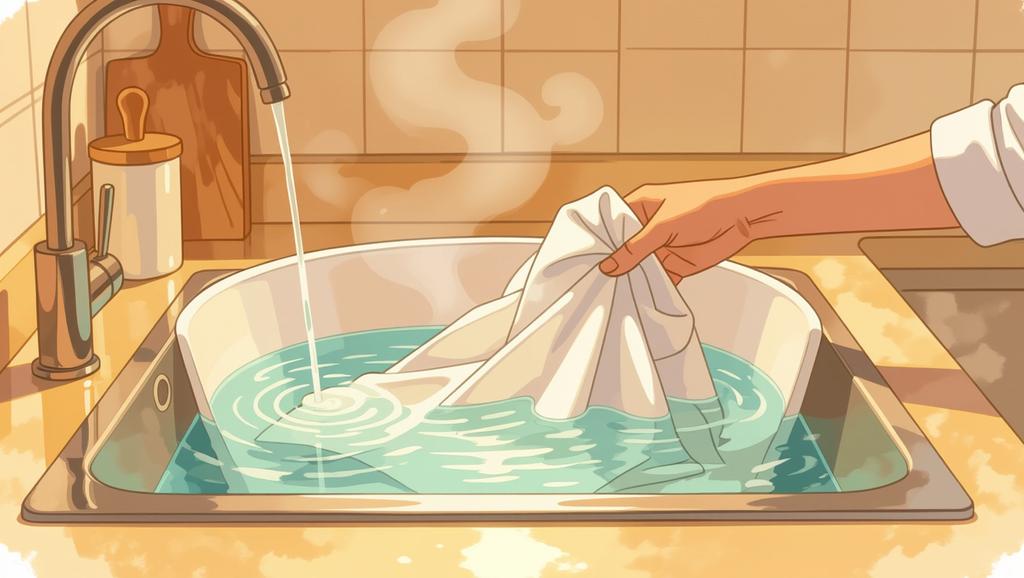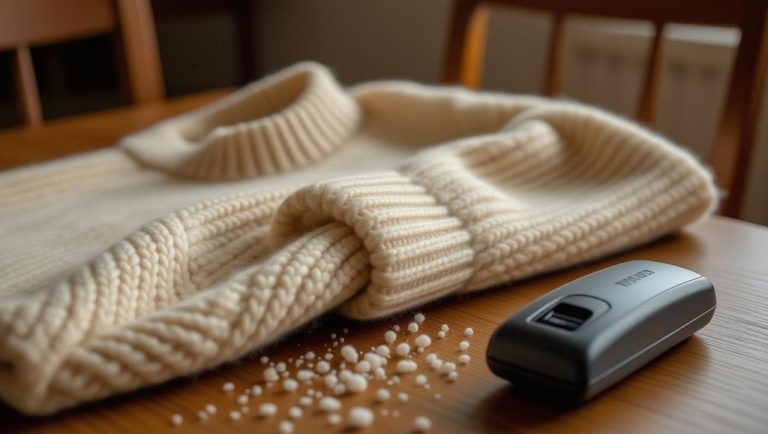Introduction to Shrinking Cotton Shirts
Shrinking a cotton shirt might sound tricky, but it’s actually a handy skill for anyone who deals with ill-fitting clothes. I remember the first time I tried how to shrink a cotton shirt after buying one online that was way too loose; it saved me from returning it. Basically, this process involves using heat and water to make the fabric contract, which works great for natural fibers like cotton. From my experience, it’s all about controling the heat so you don’t end up with something too small. Let’s dive into why this is useful and how to do it right.
One thing I’ve learned is that not all cottons shrink the same way, depending on if it’s regular or ringspun. For instance, sueded cotton can shrink a bit more when you overheat it, giving that plush feel but making it smaller. I’ll share some personal tips later, but first, picture this: you’re prepping your shirt for a better fit.

Another reason I love this is because it lets you personalize your wardrobe without buying new stuff. Oh, and don’t forget to check for any prints or blends, as they might react differently. In my opinion, it’s a game-changer for folks like me who mix and match outfits often.
Reasons for Shrinking a Cotton Shirt
There are plenty of reasons why you’d want to shrink a cotton shirt, and I’ve faced most of them myself. For starters, maybe you ordered online and the size chart was off, leaving you with something baggy that doesn’t look right. I once had a favorite tee that stretched out over time, and resize cotton clothing was the only way to bring it back to a good fit without tailoring. It’s super satisfying when you get that perfect snug feel.
Another big reason is that cotton naturally loses its shape after washes, especially if it’s pure cotton without blends. From what I’ve seen, fabrics like combed cotton hold up better but still shrink a little, which can actually help if you’re aiming for a more fitted look. Personally, I think it’s a smart move for anyone who wants to extend the life of their clothes instead of tossing them out.
Plus, shrinking can add character to your shirts, making them feel more unique. For example, if you have a crew neck T-shirt that’s gotten too loose, this method can restore its original style. In my wardrobe, I’ve got a few pieces that I shrunk just right, and they look way better now.
Essential Tools and Materials Needed
Before you start shrinking, you gotta gather the right tools to make the process smooth. First off, you’ll need a large pot if you’re going the hot water route, along with some tongs to handle the hot fabric safely. I always keep a measuring tape handy so I can check sizes before and after; it’s easy to overdo it otherwise.
Then, there’s the dryer, which is key for most methods since heat from tumbling really helps with shrinkage. Don’t forget about an iron or steamer for more precise work, especially on certain areas. From my trials, using medium heat iron has been effective without damaging the fabric. Oh, and basic stuff like detergent and water are must-haves too.
One tip I swear by is selecting good quality brands like Port Authority shirts because they respond well to these techniques. Make sure to read the care label first; it can save you from surprises.
Read more Style hacks to instantly look taller and slimmer
In my experience, having everything ready makes the whole thing less stressful and more fun.
Step-by-Step Guide to Shrinking
Let’s get into the main event: the step-by-step guide for how to shrink a cotton shirt. Start by checking the care label and measuring your shirt to know where you stand. Wash it in hot water first, which relaxes the fibers and sets the stage for shrinking. I usually use a top-loader for better agitation, as it helps more than front-loaders.
After washing, toss it in the dryer on high heat. Keep an eye on it every 10 minutes so it doesn’t shrink too much; I’ve messed up a shirt or two by forgetting this. Once it’s out, measure again to see the changes. For extra shrinkage, you can repeat the process, but go easy.
If you prefer the boiling method, submerge the shirt in hot water for about 10-20 minutes, then dry it. Personally, I find this works best for pure cotton fabrics. Remember, patience is key—rushing can lead to uneven results or damage.
Alternative Methods for Shrinking Cotton Fabric
If the standard ways don’t appeal to you, there are alternative methods for fabric shrinking techniques that might work better. For instance, steaming is great for localized shrinking; just dampen the area and use a steamer on medium heat. I’ve used this on slub fabric shirts to avoid messing up the texture.
Another option is the ironing method, where you lightly press damp sections. It’s less intense than boiling, making it ideal for blends like cotton-polyester. From my experiments, this helps with shrinking cotton fabric without going overboard. I once fixed a dress shirt this way, and it turned out pretty well.
You could also try a combination, like washing in warm water and then air-drying partially before finishing in the dryer. In my opinion, these alternatives give you more control, especially for delicate prints or DTF shirts.
Tips for Maintaining Shirt Quality After Shrinking
Once you’ve shrunk your shirt, maintaining its quality is crucial so it lasts longer. Start with cold water washes to prevent further shrinkage; it’s a simple habit that keeps the fabric intact. I always air-dry my shirts flat to avoid any weird stretching back out.
For cotton shirt care tips, avoid high-heat dryers in the future unless you want more shrinking. If your shirt has polyester blends, stick to low settings. Personally, I like to add a fabric softener occasionally to keep it soft and plush, like my sueded cotton tees.
Another tip is to store them properly, away from direct sunlight, which can fade colors over time. From what I’ve learned, regular maintenance makes a big difference in keeping your resized clothes looking fresh.
Common Mistakes to Avoid When Shrinking
There are a few common mistakes that can ruin your shrinking efforts, and I’ve made them before. One big one is overheating polyester blends, which can warp the fabric instead of shrinking it neatly. Always check the material first.
Another error is not measuring beforehand, leading to over-shrinking that makes the shirt unwearable. For example, I once tried shrinking a DTF printed shirt with too much heat and cracked the print—total bummer. So, test on a small area if you’re unsure.
Lastly, ignoring the care label is a no-go; it tells you exactly what to avoid. In my view, being cautious from the start saves a lot of headaches.
How to Fix Over-Shrinking Issues
If you end up with a shirt that’s too small, don’t panic—there are ways to fix over-shrinking issues. Start by soaking it in cold water to relax the fibers a bit, then gently stretch it while it’s damp.
Quick Fixes for Common Problems
For quick fixes, use a steamer to loosen the fabric and reshape it. I’ve done this with a combed cotton shirt that shrank too much, and it helped regain some size. Another trick is to wear it while it’s still damp and move around to stretch it naturally.
Make sure to avoid heat during fixes, as that could make things worse. From my experiences, these methods work best if you catch the issue early.
Conclusion
In conclusion, knowing how to shrink a cotton shirt effectively can really transform your wardrobe and save you money. By following the steps and tips I’ve shared, you’ll get that perfect fit without much hassle. Remember, always measure and go slow to avoid mishaps—I think it’s one of those skills every fashion lover should have. Whether you’re dealing with a stretched-out tee or an oversized buy, these methods will keep your clothes looking great for years.














